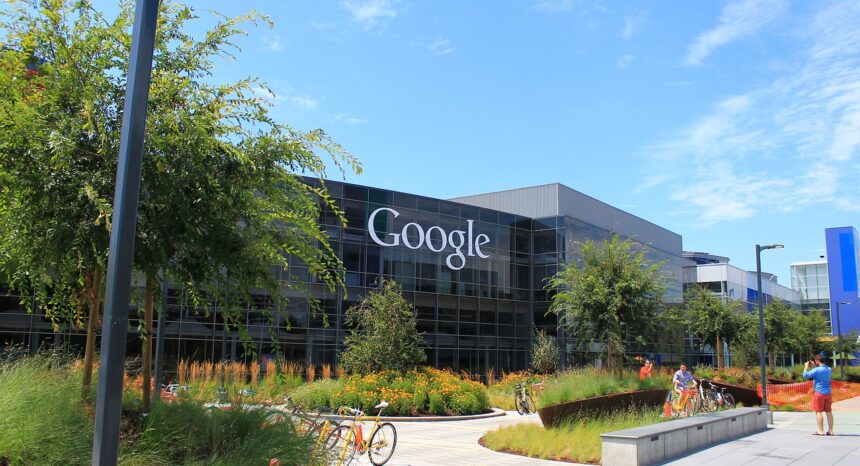In 1998, Michael Porter first introduced the idea of beneficial technology clusters to a wide audience in a Harvard Business Review article. Silicon Valley in California, Route 128 in Massachusetts and North Carolina’s Research Triangle are well-known high-tech clusters today. They are regarded as one of the most important sources of economic well-being for entire regions. It is not surprising that the question of how to replicate successful high-tech clusters has been on the mind of policymakers, as Porter’s idea has gained traction. A range of different policies in the United States have attempted to promote the growth of innovation clusters. However, studies evaluating their success have recently concluded that these policies have only had limited effects on establishing technology clusters.
Part of the problem is that the success of high-tech clusters depends on a variety of factors that are not yet fully understood. In their 2014 Journal of Economic Geography study “Geography and High-Tech Employment Growth in U.S. Counties,” Belal Fallah from Palestine Polytechnic University, Mark D. Partridge from Ohio State University and Dan S. Rickman from Oklahoma State University examine geographic effects associated with differences in high-tech employment growth among U.S. counties.
The three main geographic factors they assess are within-industry spillover effects resulting from a concentration of high-tech industries; the influence of urban agglomeration (clustering in metropolitan areas); and the proximity to human capital and research universities. The authors use data for U.S. counties over the period 1990 to 2006 and examine the data by degree of urbanity in order to allow for different growth-generating processes between rural and urban areas. They use the growth of employment in high-tech industries as the main factor of interest in their study.
The key findings include:
- The high concentration of industries across certain counties (a regional clustering pattern) has no significant positive impact on high-tech employment growth. “There is little, if any evidence of within-industry cluster growth benefits (or localization economies), either within the county or across nearby counties. On the contrary, the results suggest negative growth effects associated with high-tech clustering.”
- The authors note that “greater competition within one local area for factors and customers reduces subsequent growth (e.g. Desmet and Fafchamps, 2005; Partridge et al., 2008a), and is inconsistent with the argument that industry clusters are an important source for job growth.”
- By contrast, the proximity to urban agglomerations does play an important role in high-tech employment growth. Indeed, “Although industry diversity and urbanization are critical to overall growth, they appear to matter more in the high-technology sector.” Further, the data show “penalties for greater distances from larger core urban areas, consistent with positive urban agglomeration effects for close proximity.”
- Urban agglomeration economies did not have as strong an effect in terms of growth for “metropolitan biotechnology and natural resource high-technology industries.”
- Equally, the proximity to a highly educated workforce is beneficial for the growth of employment in high-tech sectors. The authors conclude that the proximity of research universities is beneficial because they provide high-tech industries with necessary human capital: “While the precise channels of causation are difficult to untangle, the results suggest that availability of a good workforce and/or the availability of high human capital entrepreneurs is related to faster job growth. Nonetheless, the results showing an important role of an educated workforce along with the deconcentration of the industry also broadly supports the ‘social filters’ component of the regional systems of innovation, because it illustrates that concentrations of knowledge workers can facilitate new opportunities and innovations in other sectors that are relatively small.”
Based on these findings, the authors stress the “the need to focus more on basic human capital to promote regional and national competitiveness and less on strategic plans of local and regional governments of ‘picking winners.’” They are critical of the “expected efficacy of government attempts to create clusters such as the Obama administration’s promotion of regional innovation clusters in its Strategy for American Innovation.” Pointing toward the importance of education, the authors highlight the necessity of “efforts to increase regional and national university completion rates.”
Related research: A 2013 study for the National Bureau of Economic Research, “Clusters of Entrepreneurship and Innovation,” also sounds a note of skepticism with regard to government’s ability to help plan successful business clusters: “Regional foundation for growth-enabling innovation is complex and … we should be cautious of single policy solutions that claim to fit all needs,” the researchers caution.
Keywords: clustering, cluster effect, agglomeration effects, development, economic growth, cities, education


Expert Commentary